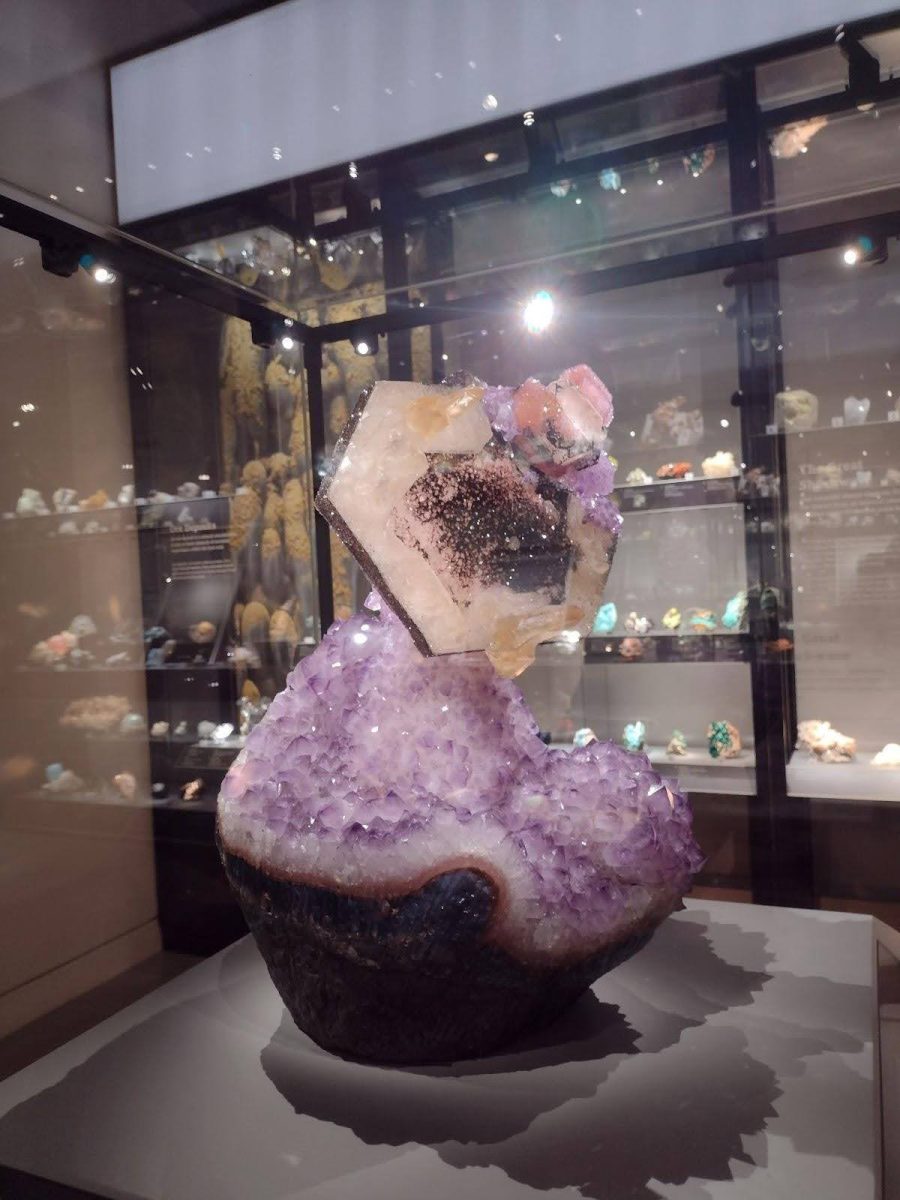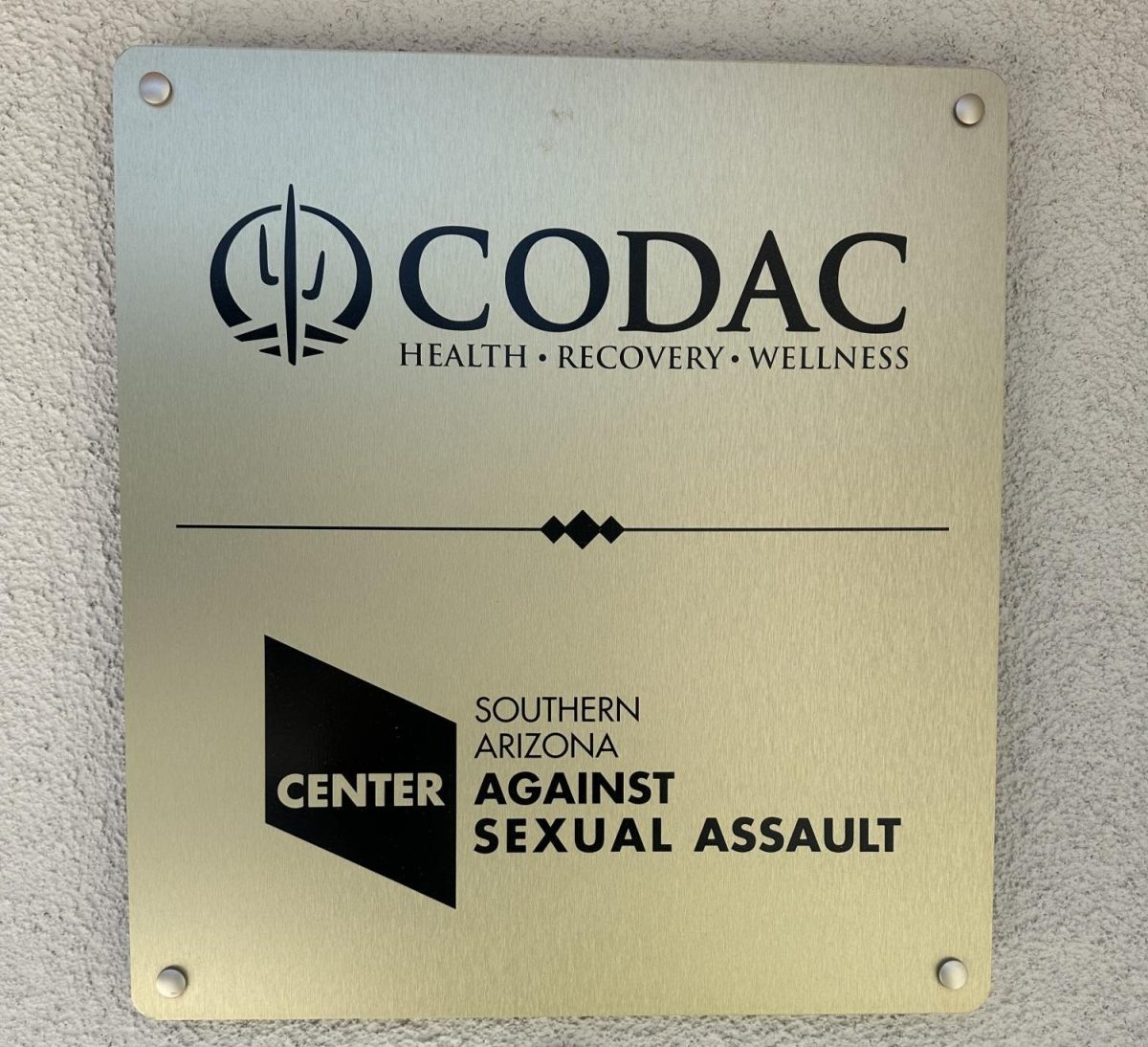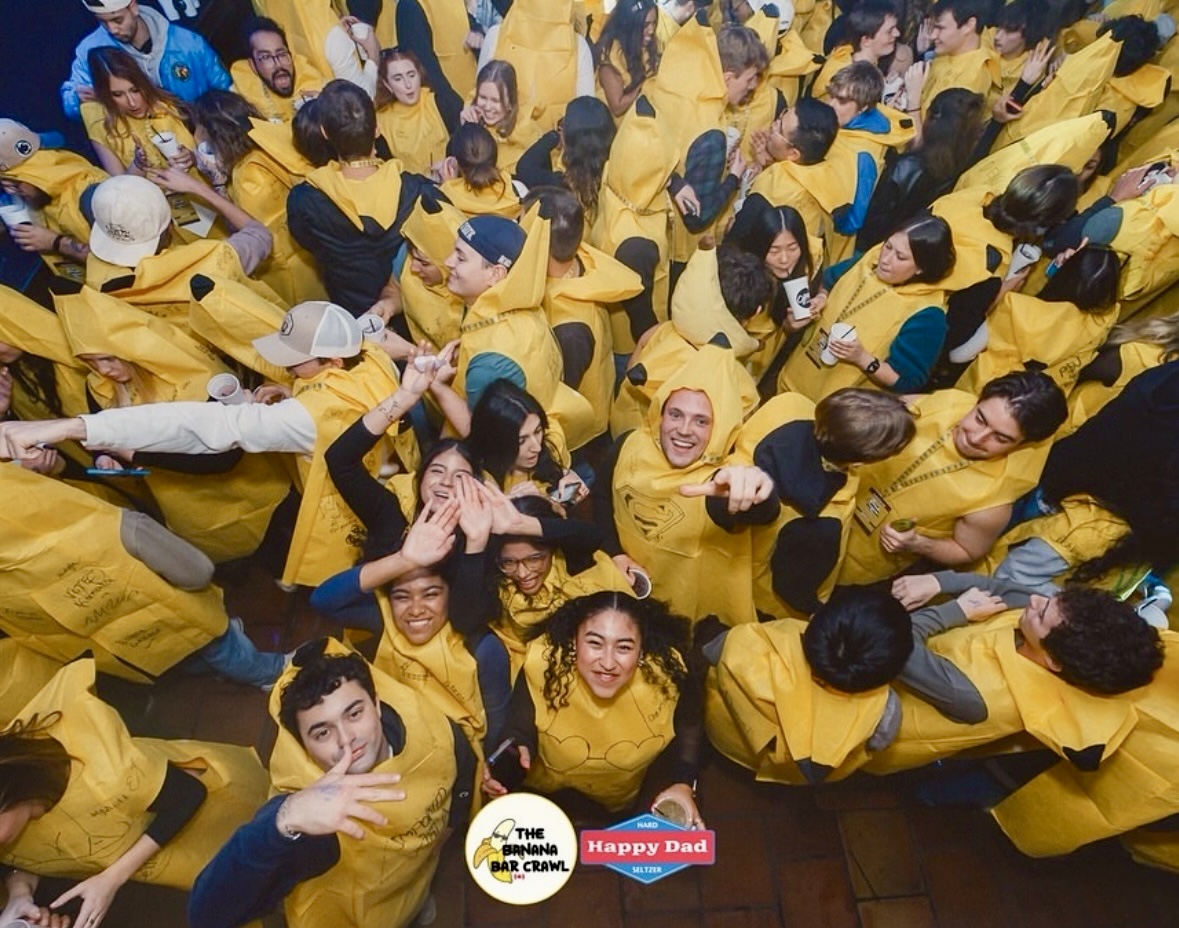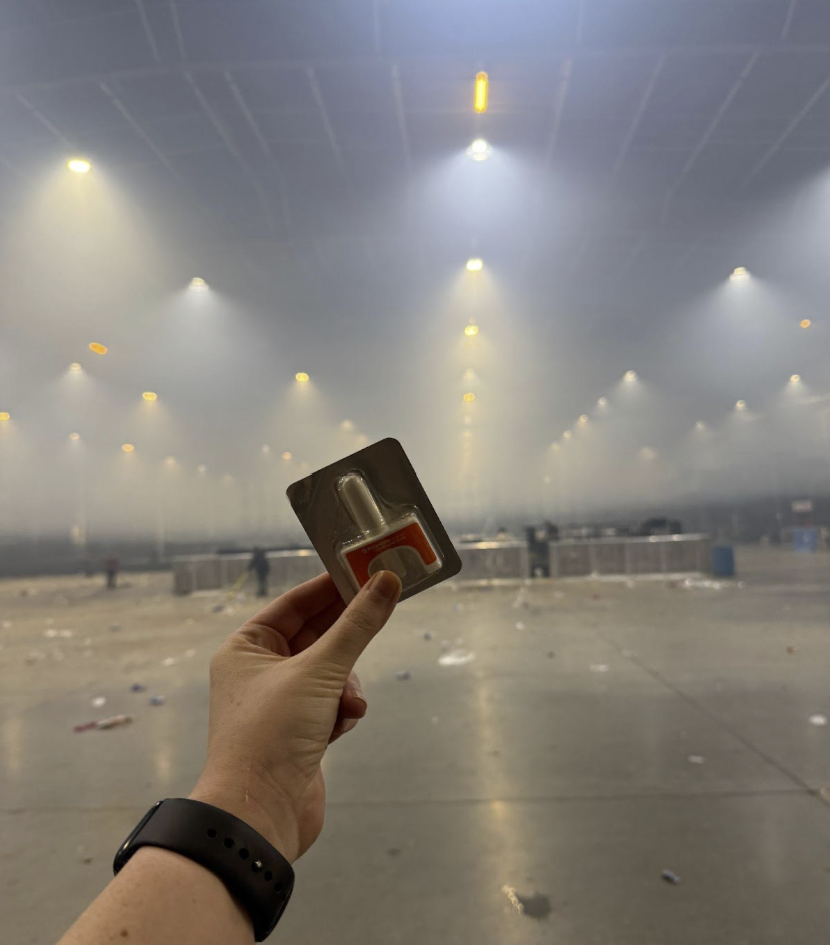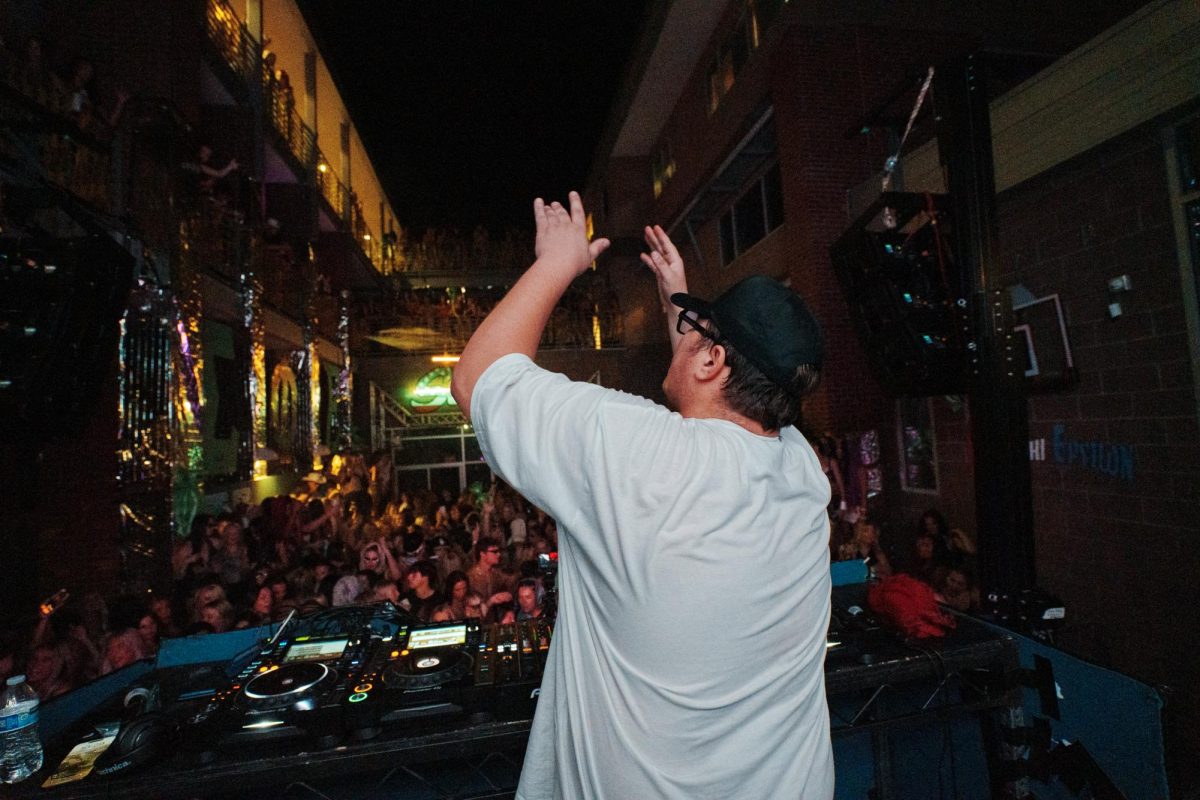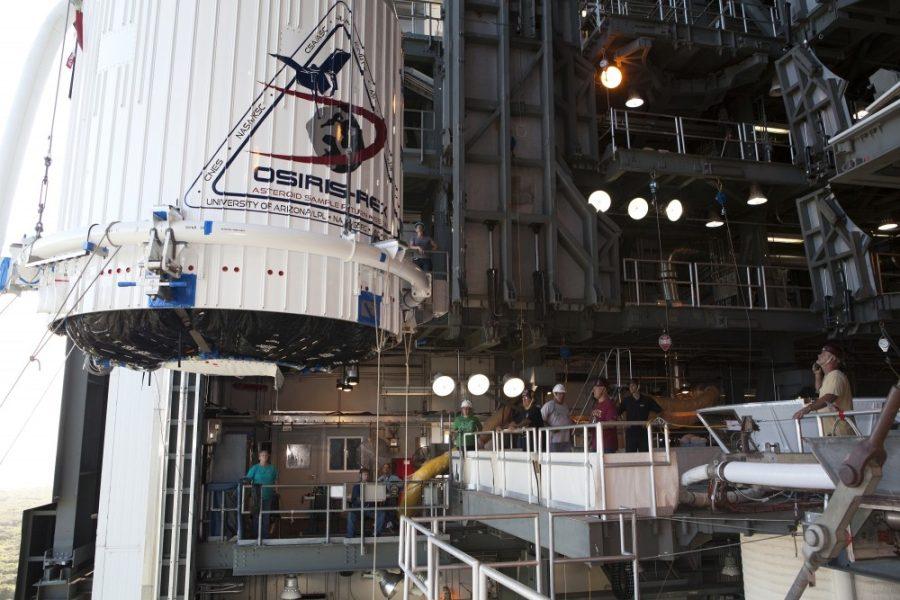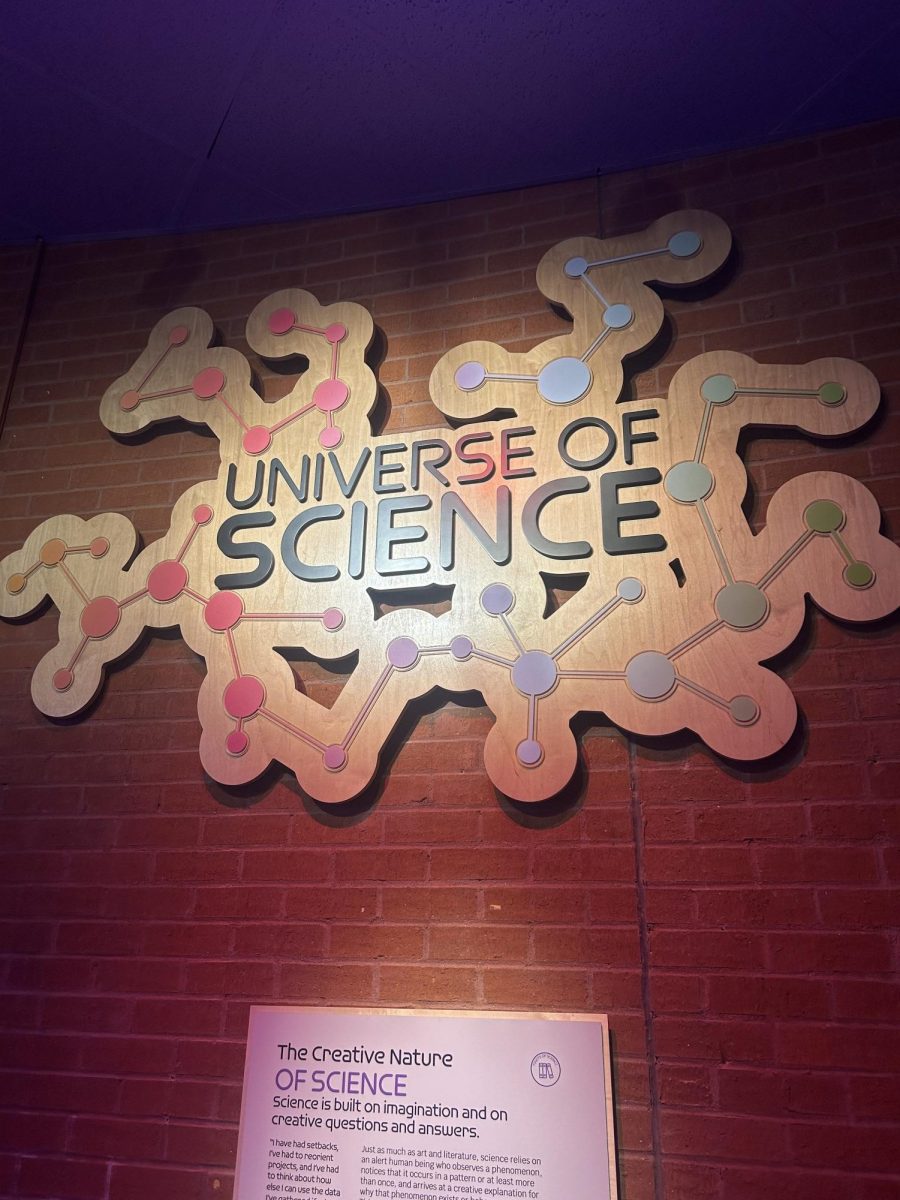Science enthusiasts, mineral lovers and those interested in astronomy alike can find multiple events in Tucson that shine a spotlight on the scientific world.
These events include an asteroid sample soon to be on loan to a local museum, the annual Tucson Gem and Mineral Show and a host of astronomy events.
Alfie Norville Gem & Mineral Museum
The Alfie Norville Gem & Mineral Museum, located at 115 N. Church Ave., showcases many rare gems and minerals that are loaned to the museum.
No date has been announced, but an asteroid sample gathered during the OSIRIS-REx NASA mission is expected to be on display at the museum.
The OSIRIS-REx mission is the first to collect a sample from an asteroid and bring it back to Earth for scientific study and research, said Dante Lauretta, a University of Arizona regents professor of planetary science and cosmochemistry who leads the OSIRIS-REx sample return mission.
According to Lauretta, the mission went to an asteroid named Bennu to bring back a sample to test for its physical and chemical properties.
“This is really the most important part of the mission,” Lauretta said.
The test results may determine the origins of life and help to expand future space exploration and economic development.
During a presentation at the museum on Nov. 30, Lauretta said the sample was originally expected to be on exhibit at that time, but “challenges in Houston” delayed its arrival. He said the sample will eventually be “on display for a long time in Tucson.”
For information on the museum and when the sample will arrive, visit the Alfie Norville Gem & Mineral Museum website.
Tucson Gem and Mineral Show
Tucson is famous for its annual Gem and Mineral Show, with shows running throughout downtown from Jan. 26 – Feb. 11. For those studying geosciences or fascinated by the subject, the weeks-long show is a gold mine.
“This attracts a lot of people, and because it is not just of purely scientific interest, many more people come and might be intrigued in learning more,” said Benjamin McNabnay, who studied geoscience at the UA and participated in the Society of Earth Science Students club that hosts a junior education table at the show each year.
Tucson is one of the top places in the world to study geoscience and the unique landscape can be found right outside your door, McNabnay said.
“I don’t think many people fully understand how far geosciences reaches and its many practical applications in addition to academic ones,” McNabnay said. “Geoscience has so much to do with daily life, and especially in Arizona, I’m very glad that all of these opportunities are available.”
Vendors selling everything from crystals to rocks and jewelry at the show will begin setting up tents along Interstate 10 in the coming weeks. A number of smaller shows start Jan. 26, but the bigger show is Feb. 8-11 at the Tucson Convention Center, located at 260 S. Church Ave.
For more details about the Gem and Mineral Show, check out the Tucson Gem and Mineral Society website.
Steward Observatory Lecture Series
The Steward Observatory on the UA campus hosts a public evening lecture series every semester on topics including space, stars and planets.
Astronomer and senior lecturer Thomas Fleming said those attending can stick around to observe the night sky through the Steward Observatory dome for no charge.
Fleming said the lecture series is marking its centennial anniversary this year. The next lecture will be on Jan. 22. For details, visit the Department of Astronomy and Steward Observatory website.
El Inde Arizona is a news service of the University of Arizona School of Journalism.
Follow the Daily Wildcat on Instagram and Twitter/X



